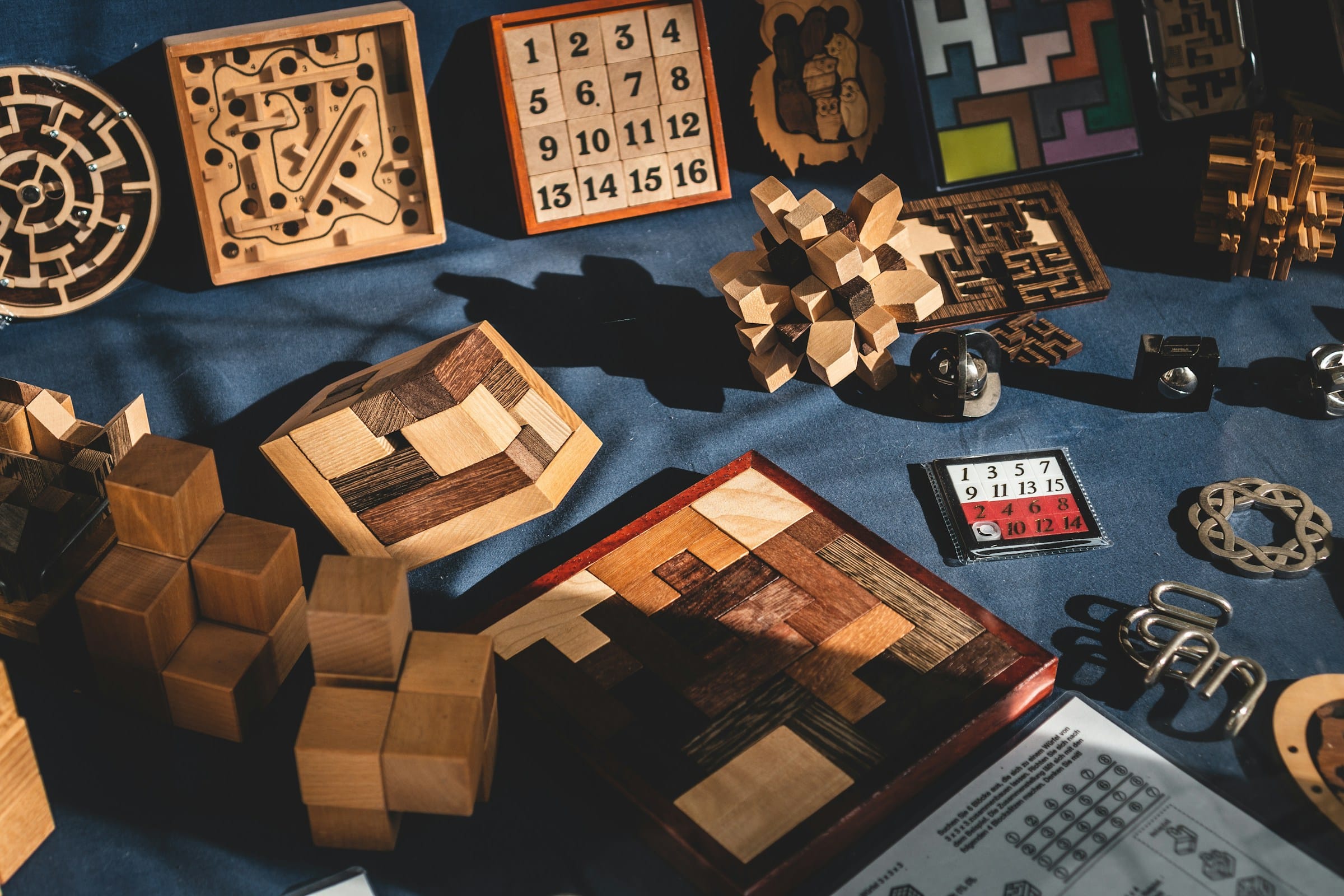
How can developers create more engaging puzzle mechanics through procedural generation?
Creating engaging puzzle mechanics in game development can be a challenging yet rewarding venture. For both game developers and players, the pursuit of crafting dynamic and captivating gameplay experiences is continuous. One method that has proven effective is procedural generation. This technique offers a myriad of possibilities by using algorithms to produce unique and varied content. This article will explore how developers can utilize procedural generation to enhance puzzle mechanics, ultimately leading to more immersive gaming experiences.
The Basics of Procedural Generation in Game Development
Procedural generation is a technique used in game development to create content algorithmically rather than manually. This method has revolutionized the gaming industry by allowing for the creation of vast, intricate worlds and dynamic levels that offer unique experiences every time a game is played.
Lire également : What are the challenges of implementing voice recognition features in online games?
For developers, procedural generation can significantly reduce the time and effort required to design game levels. By employing algorithms to generate content, developers can focus on refining other aspects of gameplay. This approach also ensures that players encounter fresh challenges and environments, enhancing player engagement and replayability.
In puzzle games, procedural generation can be used to craft puzzles that adapt to a player's skill level, providing a tailored gaming experience. By analyzing player behavior and performance, the game can generate puzzles that are neither too easy nor too difficult, maintaining a perfect balance of challenge and enjoyment.
Avez-vous vu cela : How can real-time physics simulations improve gameplay in sports games?
Leveraging Procedural Content for Dynamic Puzzle Design
Procedural content generation offers an innovative way to design puzzles that keep players hooked. Dynamic puzzle design ensures that each playthrough presents new challenges, preventing players from becoming bored with repetitive puzzles.
One of the key benefits of procedural content is its ability to create procedurally generated puzzles. These puzzles can vary in complexity and structure, adapting to the player's progress and skill. For instance, a game could generate a simple puzzle for a novice player and a more intricate one for an experienced player. This adaptability enhances player engagement by catering to individual skill levels.
Moreover, procedural generation allows for the integration of multiple game mechanics within a single puzzle. This multi-layered approach can create more complex and rewarding puzzles, challenging players to think creatively and strategically. By incorporating various elements such as time limits, interactive objects, and environmental factors, developers can craft puzzles that are not only engaging but also highly immersive.
Enhancing Player Experience through Procedural Level Generation
Procedural level generation can significantly improve the overall gaming experience by creating diverse and unpredictable levels. This technique ensures that each play session feels unique, offering players endless opportunities to explore and solve puzzles.
In puzzle games, procedural level generation can be used to create a variety of environments and scenarios. For example, a game could generate levels with different themes, such as ancient ruins, futuristic cities, or mystical forests. Each theme could come with its own set of puzzles and challenges, providing a fresh experience each time a new level is generated.
Furthermore, procedural level generation can contribute to a more cohesive and immersive game design. By seamlessly integrating puzzles into the game's environment, developers can create a more engaging and believable world. Players are more likely to feel a sense of accomplishment when they solve puzzles that are intricately tied to the game's narrative and setting.
The Role of Game Art and Design in Procedural Generation
While procedural generation offers numerous benefits, it is essential to ensure that the game art and design elements complement the procedurally generated content. High-quality visual and audio elements can enhance the overall gameplay experience, making puzzles more enjoyable and engaging.
Game developers can use procedural generation to create visually stunning environments that captivate players' attention. By incorporating diverse textures, lighting effects, and soundscapes, developers can create an immersive atmosphere that enhances the puzzle-solving experience. Additionally, procedural generation can be used to create dynamic visual elements that change based on the player's actions, adding an extra layer of interactivity and engagement.
Moreover, procedural generation allows for the creation of unique and memorable level designs. Developers can use algorithms to generate intricate and aesthetically pleasing layouts that challenge players' spatial awareness and problem-solving skills. By combining procedural generation with thoughtful game art and design, developers can create puzzles that are not only challenging but also visually and aurally appealing.
Hiring Talent for Procedural Content Generation
To effectively implement procedural generation in puzzle games, game developers need to have a solid understanding of the underlying algorithms and techniques. It is crucial to hire skilled developers who are proficient in procedural content generation and have experience in creating dynamic and engaging game mechanics.
When hiring for procedural content generation, it is important to look for candidates who have a strong background in mathematics, computer science, and game development. These individuals should have experience with algorithms, data structures, and procedural generation techniques. Additionally, candidates should be familiar with game engines and development tools commonly used in the gaming industry.
Collaboration is also key when it comes to procedural content generation. Game developers should work closely with designers, artists, and other team members to ensure that the procedurally generated content aligns with the overall vision and goals of the game. By fostering a collaborative environment, developers can create cohesive and engaging puzzles that enhance the player's overall gaming experience.
In conclusion, procedural generation offers a powerful tool for game developers to create more engaging and dynamic puzzle mechanics. By leveraging this technique, developers can generate unique and varied puzzles that adapt to players' skill levels, providing a tailored and immersive gaming experience.
Through procedural content generation, developers can design puzzles that challenge players to think creatively and strategically. The use of procedural level generation ensures that each playthrough presents new and exciting challenges, enhancing player engagement and replayability.
To effectively implement procedural generation in puzzle games, it is essential to have a solid understanding of the underlying algorithms and techniques. Hiring skilled developers who are proficient in procedural content generation and have experience in creating dynamic game mechanics is crucial.
By combining procedural generation with thoughtful game art and design, developers can create puzzles that are not only challenging but also visually and aurally appealing. This holistic approach ensures that players have a memorable and enjoyable gaming experience.
Incorporating procedural generation in puzzle mechanics is a step towards creating more engaging and immersive games. As the gaming industry continues to evolve, developers who embrace this technique will be better equipped to meet the demands of players and deliver unique and captivating gameplay experiences.
